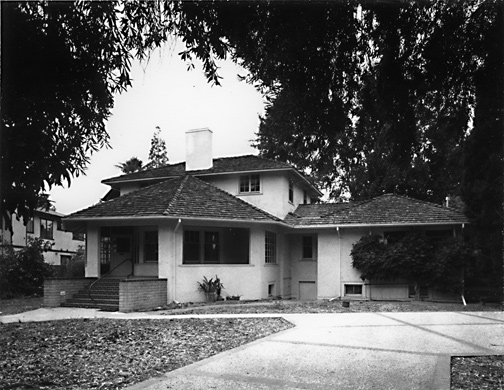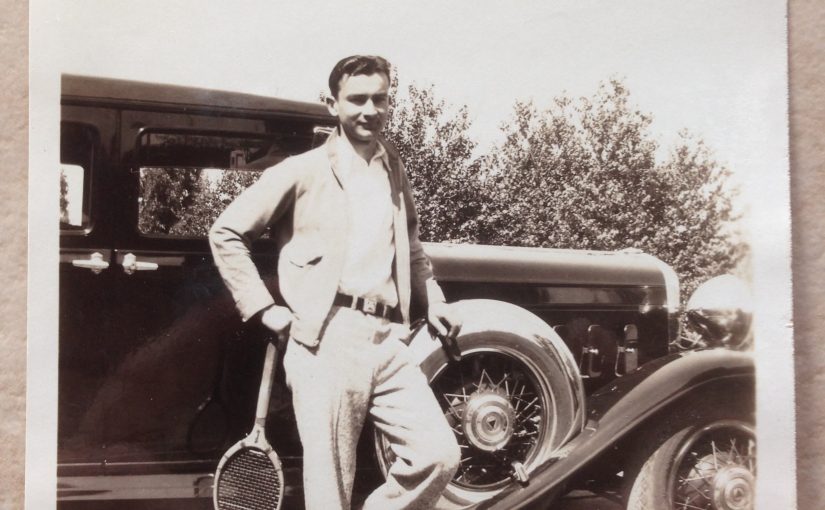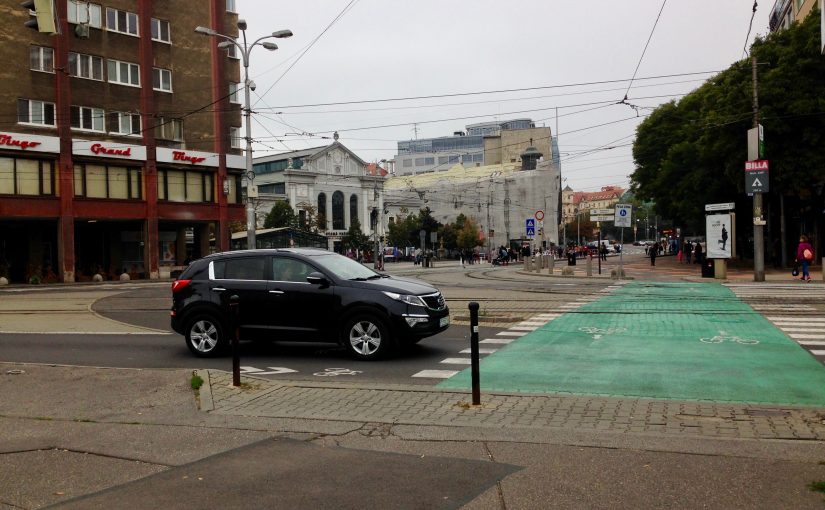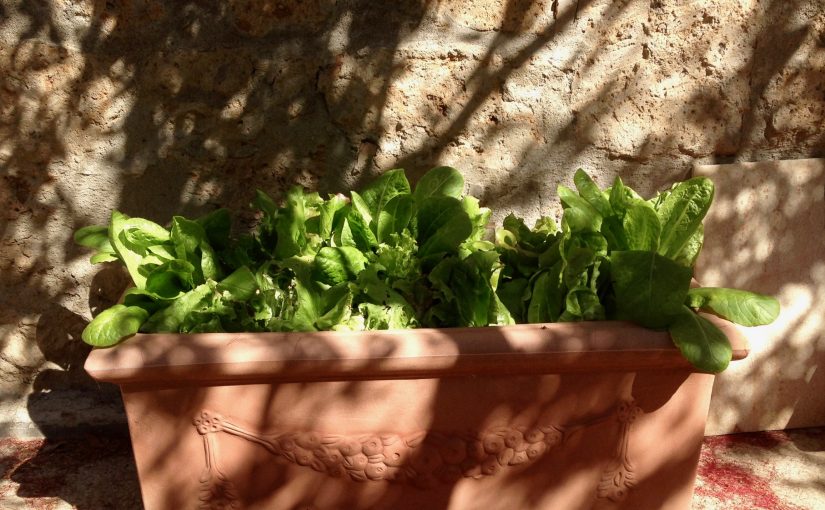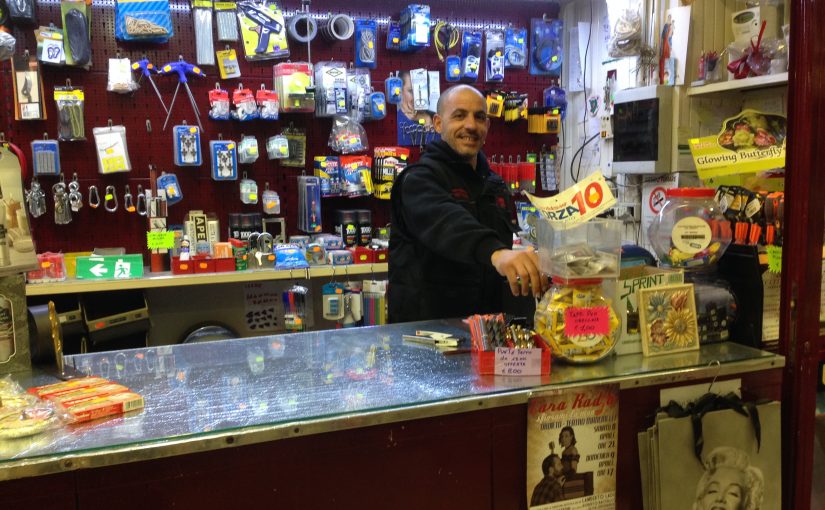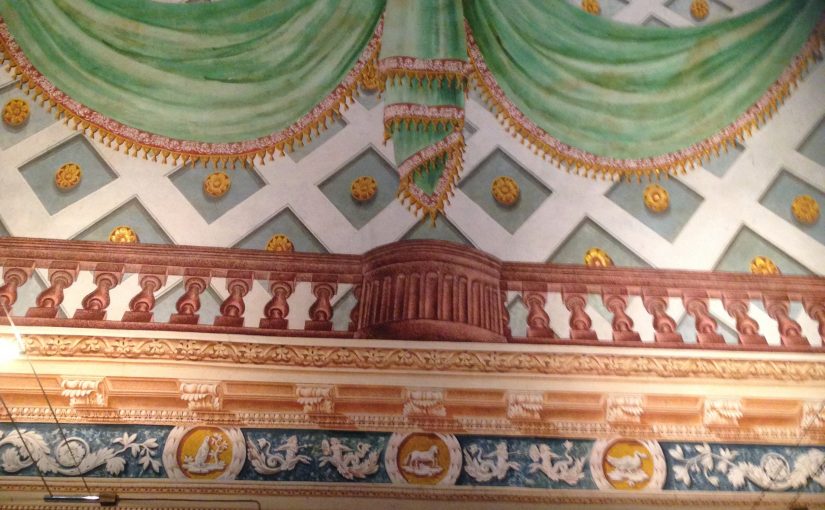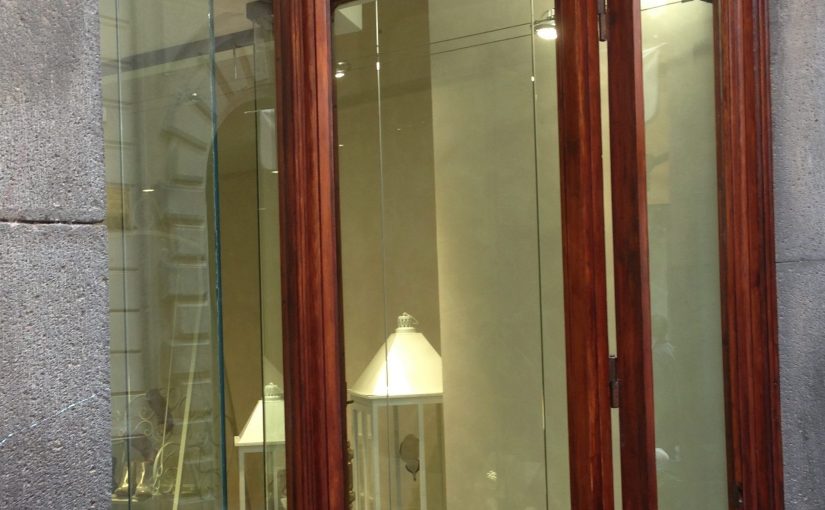Tuesday, August 17
Walked morning and afternoon. The Duomo porch this evening was occupied by a dozen or so children swooping back and forth like swallows, and flying close enough that I could feel the air move as they did. Rich and I decided it was more excitement than it was worth. Otherwise, a pleasant day marred only by my occasional emotional droopings when I lost present awareness and indulged in what was and what might be. We ate at Il Dialogo. The pizza was excellent, the panna cotta superb. I slept well enough, but was up by six again, with more energy than I have resources to burn.
Wednesday, August 18
Remained energetic through the morning, though the meeting with Chiara, the attorney helping with setting up a line of command in case of my disability, was (with my minimized hearing) tiring. Both ankles were a bit sore during the walk, but I still managed to complete six laps with two rests. Recovery seemed possible from that vantage, and one that goes on for weeks rather than months. But a longish meeting with an attorney left me exhausted, as I suspect it did her, as well. Napped for an hour, woke to a jumpy left foot (the usual of late) and a great desire to move (unfullfilable). Evening walk was a bit more stressed, mostly left ankle, but other body parts felt loose except when they were reacting to the left ankle pain. There was a bit of generalized discomfort while watching a movie which served to remind me that there has been none for quite some time. Went to bed about midnight, woke three or four times to pee using the papagallo, had no trouble returning to sleep.
Thursday, August 19
Woke feeling powerful, like I could go out and walk on my own, all systems go. Such was not the case, but I view the feeling as real nevertheless. The feeling of one-ness and integrated systems returned at several times during the morning walk, and later while watching people at the market and contemplating the remarkable power of friendship. Then, I returned home to find a dozen declarations of friendship from all over and in various formats. Heartwarming to be sure. I took a short nap before lunch, left foot jumping all over the place (as it has done for several days at this time). Longer nap after lunch, restful but woken by the cough, rather violently and with a sharp insistence that is new. I wrote Leonardo about that and a slightly sore right nipple. Also, left hearing improved to where I can hear when I scratch my ear – but no more.
Friday, August 20
Woke at six and transferred to the recliner, just because it was time to sleep on my back but I’d made of shambles of the bed. It was easier to change. The cough came and went, I don’t remember much more than that. We walked a bit earlier than usual, and I felt strong and like I could maintain a good through-step at the beginning. By the first rest after three lap, my left foot was beginning to tire, and by the end of the sixth lap I was exhausted. I don’t know how long I slept upon returning home, but I do know there were no jumpy feet, I just clunked out. Jana came for physiotherapy at 12:30, and I semi-slept through that as well. At the end she told me to rest, as if that were my job. I did, and again after lunch. Apart from that I’ve noticed since last night that I don’t have to move slowly except when on my feet, all other movement is a choice, and may even be in imitation of my father. The Parkinson’s feels largely gone, replaced by cough, hearing blockage, and weak legs and sore feet derived from other sources.
Saturday, August 21
Left ankle hurt badly straight out of bed. We changed the order of the walk to one lap, pause, two laps, pause, three laps. That seems to have taken the pressure off the ankle, and allowed the pain to walk out. Came home, snoozed for a bit, ate lunch, and napped for three hours, coughing intermittently. Each fit of coughing is (and has been) followed by shaking in the right arm (occasionally both arms), but not the Parkinson’s tremor which is of a specific frequency. It is a shake not a tremor and lasts more or less as long as the cough that caused it.
I’m not sure about yesterday’s observation about slow movement; it applies to some movement but not all. In fact, may apply to a specific movement one day but not the next. It’s worth watching. Hearing is a bit better, cough is not, but as of mid-afternoon yesterday’s fever is gone. Magnesium citrate seems to take care of RLS (or post walk jumpy feet, whichever it is). Evening walk same as morning, except we were plagued by wasps.
Sunday, August 22
Five laps straight in the morning, pause, and an attempt at a sixth. The brain got tired after five. Not much pain, but lost the ability to be smooth. No fever in the morning. Slept an hour, lunch, slept another two hours. Cough continues especially when sitting or standing. Hearing remains nil. The tremor is back, not just the shake after coughing, but a frequent right arm tremor, day and night. Hitched my arms behind my head during a recliner nap and the tremor went went away for the rest of the day (and night, I think). Temperature was 38.2 as of about 18:00, Leonardo said it was too high for a walk, but we’d already taken one by the time he wrote back.
Monday, August 23
Temperature 37.3 in morning Roman interpreted Leonardo’s walk ban as applying to all temperatures above 37, so no walk was taken. Because of the possibility of covid, Roman spent the night, unbidden (but appreciated). A lot of napping and semi-napping points to my need of more movement. So much sleep has rendered typing (for example) halting and clunky. I just had a coughing fit that ended in throwing up – is was at least clear and singular, but one more thing for Roman to clean up. And two hours after lunch and my nose still runs, a phenomenon unique to meals at home. Afternoon fever 38.2. Leonardo suggests staying in lest I run into a temperature check. He gave me a covid test (negative) and prescribed antibiotics. I hope they help. He also set up a private appointment with an ENT who speaks English for Saturday morning. In the meantime I’ve never felt less healthy in my life, which I suppose declares me pretty healthy, overall.

